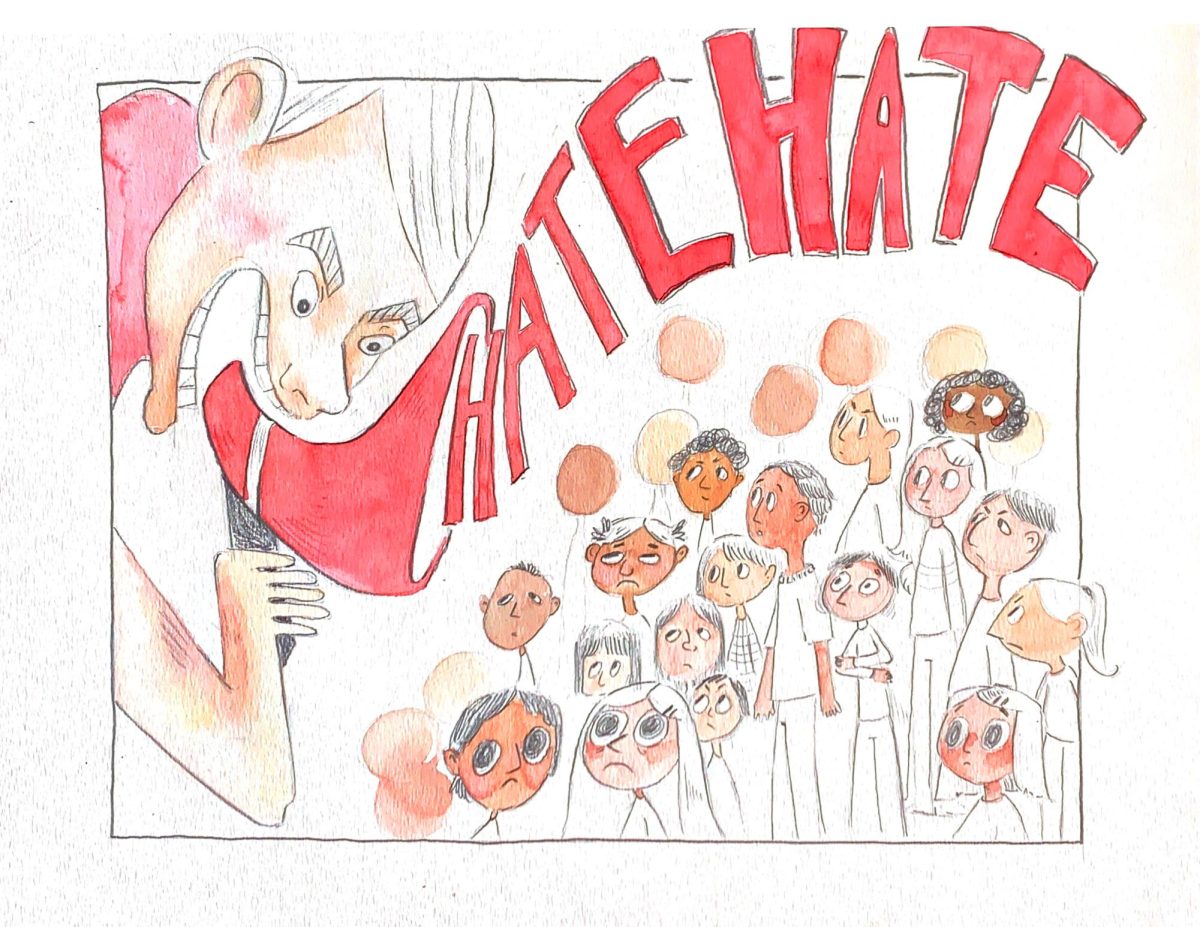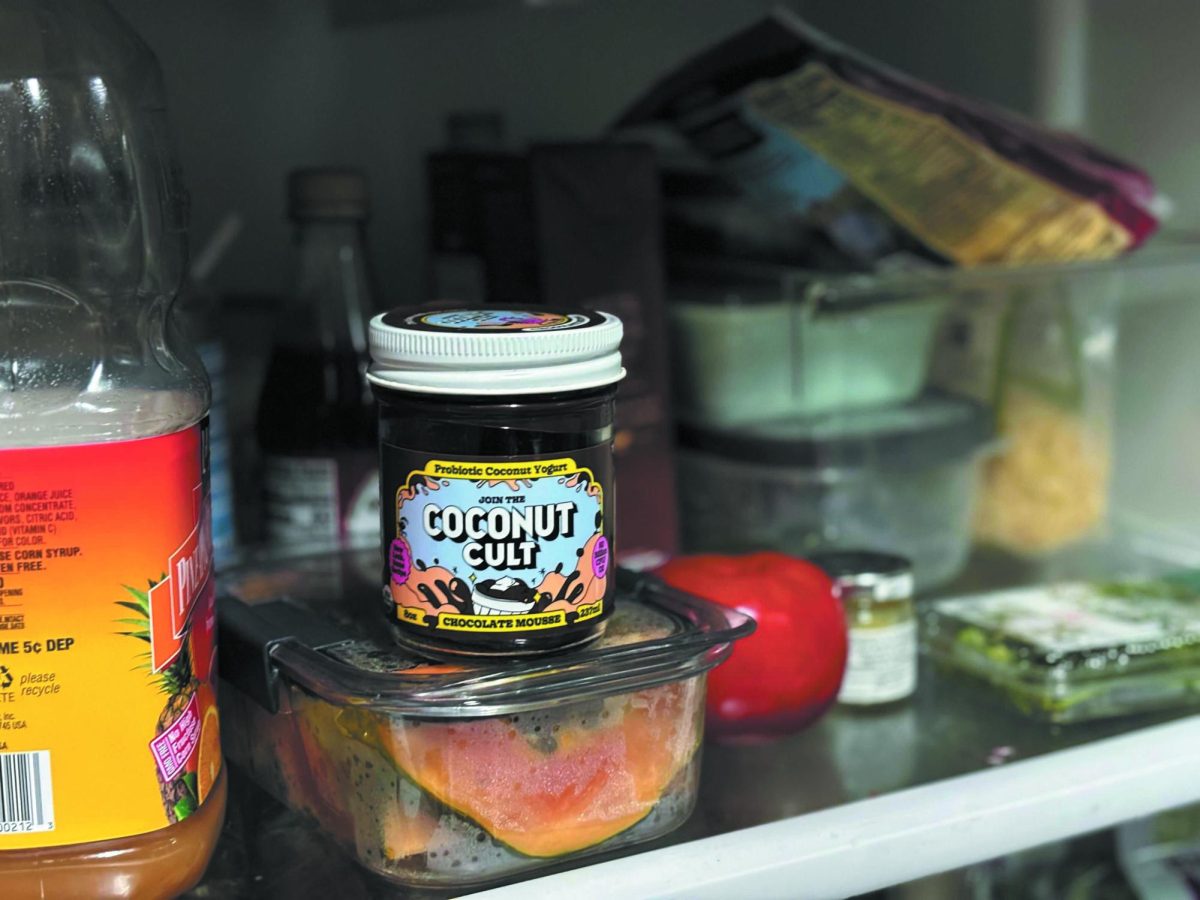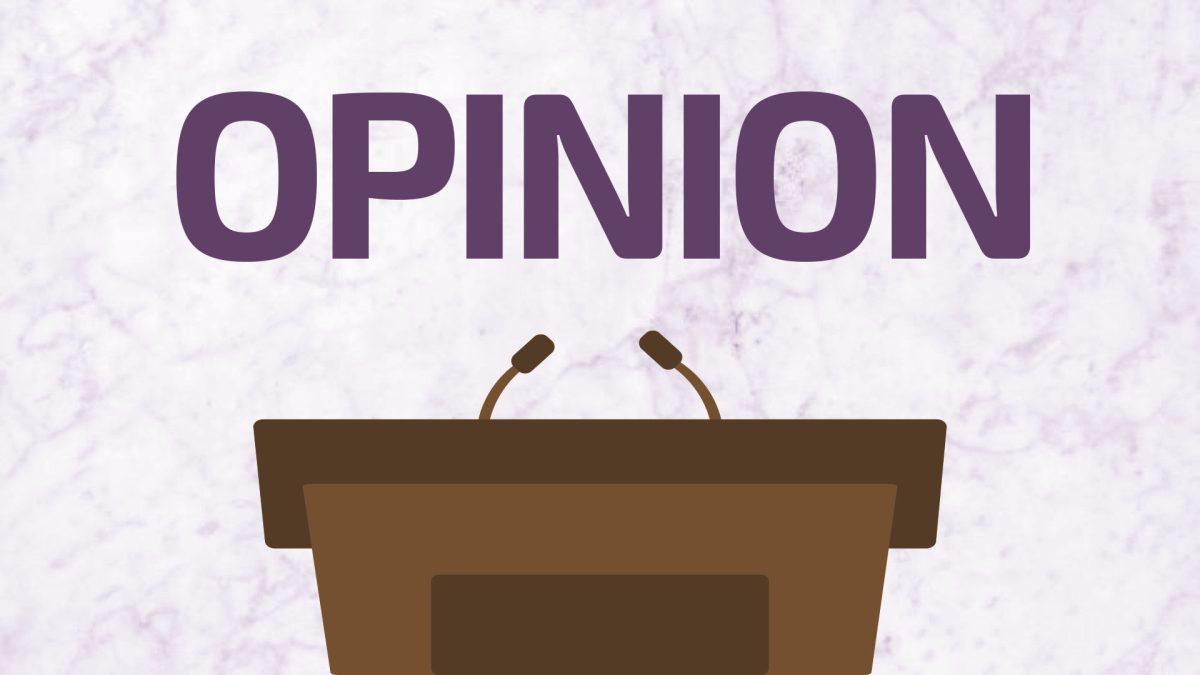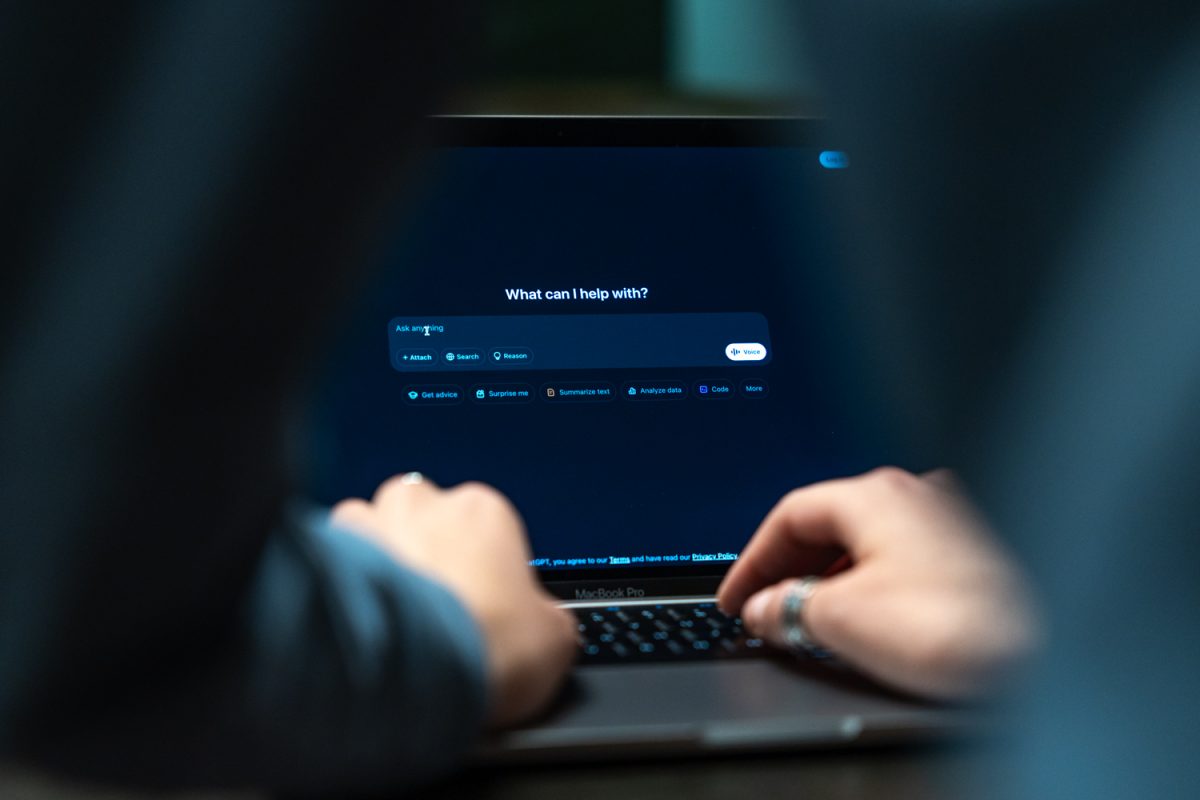A diverse electorate of nearly 41 million “young voters,” according t0 Tufts University, will shape the 2024 presidential election this year. This is electrifying news for the Democratic Party, which has recently stirred the pot with President Biden’s drop from the race and the Democratic Party nominating current Vice President Kamala Harris for president.
A recent study conducted by SSRS for CNN found that nearly 75% of voters in the United States believed the Democratic Party would have a better chance at winning the presidency in 2024 with someone other than Joe Biden at the forefront of the ballot.
Harris is nipping at former President Trump’s heels in a hypothetical showdown. Trump is polling at 46% among registered voters while Harris is at 49% according to a New York Times poll from Oct. 11, which means an Olympic contest on our hands as we advance closer to the 2024 election.
Harris’s edge over Trump is fueled largely by a surge in support from women. Polling data reveals that 50% of female voters prefer Harris over Trump when compared to 44% who favored Biden over the same combatant, suggesting a photo finish come November. When University of Oregon students were approached on the matter, the prospect of a female president held great allure.
“The appeal that a woman can be anything she wants to be. That is what ‘brat’ means to me.” UO journalism master’s candidate Saida Guzman said. This year’s election might be one of the most important elections to date. At least, for the sake of democracy.
“A woman can do whatever the fuck a man can do, and can probably do it better. Not only a woman but a woman of color. That would be so phenomenal,” UO student Abby Snethen said when asked about the potential of a female candidate claiming this year’s election.
When it comes to issues about human rights, climate change and solving economic inequality, Harris’s plentiful progressive priorities are held in high esteem by the Gen Z demographic.
“Her influence now on social media is not like we’ve seen before. It’s a unique approach and is definitely helpful,” Guzman said.
At 59 years young, Harris appeals to UO students as a highly receptive lead for defending the values of tomorrow through her leadership today. Certainly, her social media appeal can only bolster these positive reactions for her campaign.
Her personal story of resilience and diversity offers a refreshing, unapologetic narrative that compels a generation to continue the fight for equal representation in the most salient matters of today’s political agenda.
But, the question remains: can she convert TikTok likes and internet fame into actionable change? I’d say the answer is a resounding “yes.” Harris’s youthful, bubbly, spirited campaign trail online has active Democratic supporters gushing over the idea of a “Femininomenon” era of politics.
On X, TikTok and Instagram, her popularity has flourished, cultivating a deeper presence about just how special it is to be a woman in a position of power. Further data from the University of Georgia concludes Harris’ suggestive take is outnumbering Trump’s Twitter finger days, concluding that her internet fame may take her places further than a few X followers.
The iconic neon “brat” meme might just give her the green light to a president-elect position, garnering publicity on all platforms as it coincides with all the right moves that the Biden-Harris administration has made surrounding lowered prescription drug costs, veteran healthcare services and modernized infrastructure initiatives.
It’s to be decided if the stars align in November in the same way they propelled Harris into the Gen Z quick-switch gaze, but we’ll stay resharing her image with fellow digital nomads in high hopes.
The epic crossover between Madam Vice President and artists such as Charli XCX and Chappell Roan is one for the history books — and the culture. While her internet campaign continues to reach new heights, it’s imperative to understand the raw influence Harris imposes on Gen Z cyber-dwellers, beyond the context of all in which we live.









